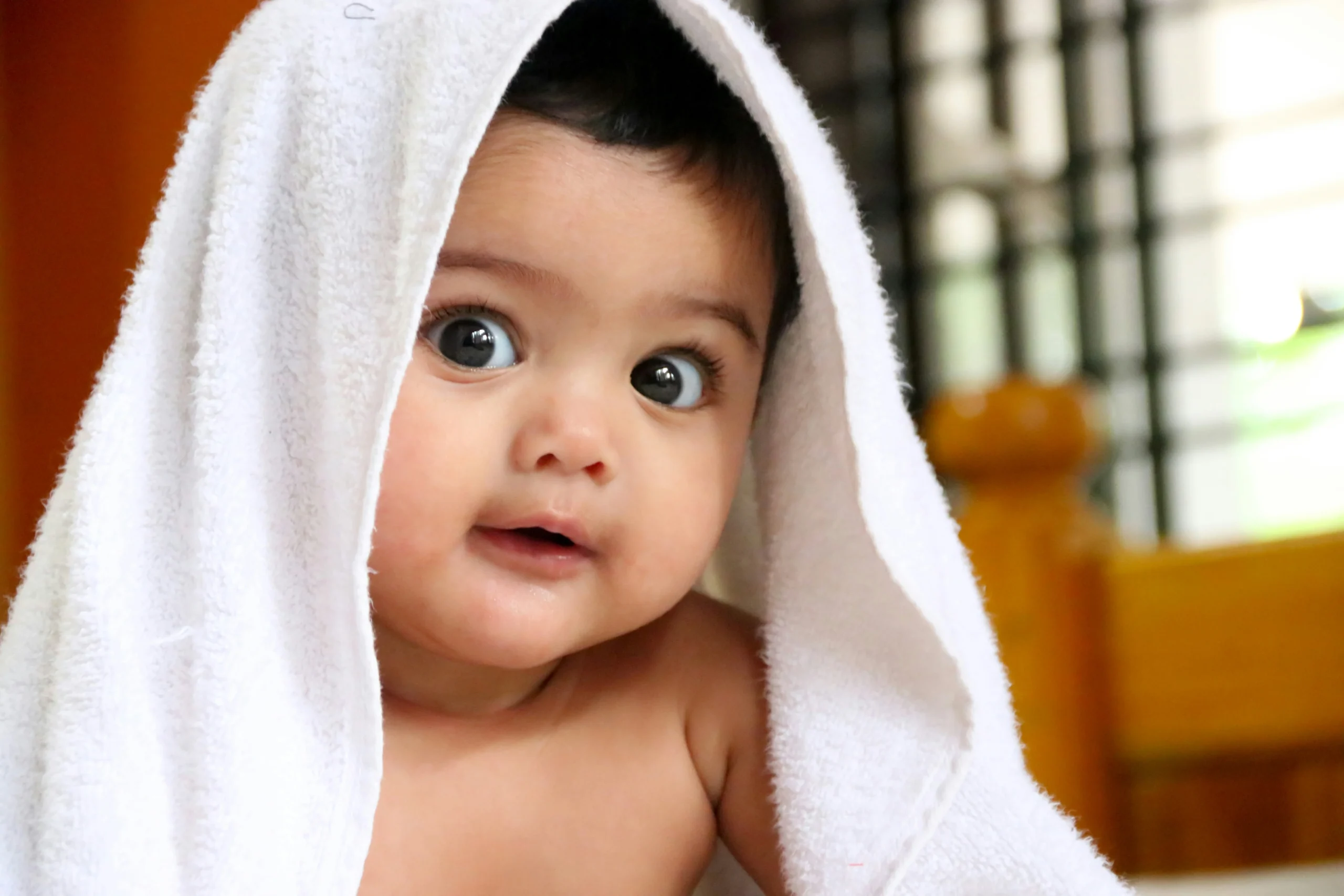When welcoming your first child, life as you know it undergoes a seismic shift. Transitioning from a carefree lifestyle to the responsibilities of parenthood is akin to moving from a casual part-time job to a high-stakes role as an astronaut—immediate and bewildering. By the time your second child arrives, however, you possess a foundational understanding of parenting. While your firstborn may have shown indifference to the family pet, your second is likely fixated on it, perhaps even attempting a taste test of its tail. Your world remains in disarray, yet you’re too fatigued to recall how it felt before the chaos began.
Here’s a reflection on the changes I experienced between my first and second children:
First Child vs. Second Child
- First Child: Planning a spontaneous outing was impossible as I always forgot essential items like formula.
Second Child: A quick stop at the store to grab formula and bottles became a breeze. - First Child: I meticulously researched sleep routines for months, implementing strategies around six to eight months.
Second Child: I initiated a sleep routine right after leaving the hospital to establish a habit early on. - First Child: I dedicated 30 minutes to packing the diaper bag for a quick trip to the local park.
Second Child: I quickly changed her diaper and tossed snacks and a sippy cup into the stroller. - First Child: I placed her in her own crib for the first time at six months old.
Second Child: I delivered her to her crib straight from the hospital. - First Child: I relied on a baby monitor until she turned one.
Second Child: I switched off the video monitor as soon as she started sleeping through the night, partly due to her loud snores and my discomfort with monitors—ever seen Paranormal Activity? - First Child: I delighted in her adorable “no” phase beginning at two years.
Second Child: She began asserting “no” the moment she could lift her head and spot things she wasn’t supposed to touch. - First Child: I introduced solids with rice cereal, waiting a week between new foods.
Second Child: I began with vegetable puree, complementing her main dish of a chocolate cupcake. - First Child: I eagerly encouraged her to walk early because it was thrilling to witness.
Second Child: I neither encouraged nor discouraged her walking. - First Child: I utilized her stroller for grocery shopping to minimize germ exposure.
Second Child: I embraced Target’s shopping carts, armed with (maybe) some complimentary wet wipes. - First Child: I was constantly vigilant, ensuring she didn’t ingest pool water, bathwater, or sand.
Second Child: I kept extra wipes handy near the sandbox and set a three-drink limit for bathwater. - First Child: I rarely ventured out due to the anxiety of potential public crying fits.
Second Child: I was outdoors within two weeks, driven by a severe case of cabin fever. - First Child: I sought medical advice for every little concern.
Second Child: I only consulted the doctor for wellness visits and matters beyond our DIY capabilities regarding noses and ears.
Reflecting on these experiences, I remember feeling overwhelmed in the early days of motherhood, often questioning how I would adapt. It’s fascinating to realize that adaptation occurs naturally over time, often without your conscious awareness. This is the essence of parenting: navigating the complexities of raising children while much of it unfolds without your explicit direction.
For more insights on topics related to pregnancy and home insemination, consider checking out this informative resource on IUI success rates. Additionally, if you’re exploring options for at-home insemination, resources like this article and Make a Mom’s guide can be quite helpful.
Summary
Transitioning from your first to second child brings significant changes in parenting strategies and mindset, often simplifying routines and fostering greater confidence. With the chaos of parenting, it’s important to embrace the evolution that occurs naturally over time.
